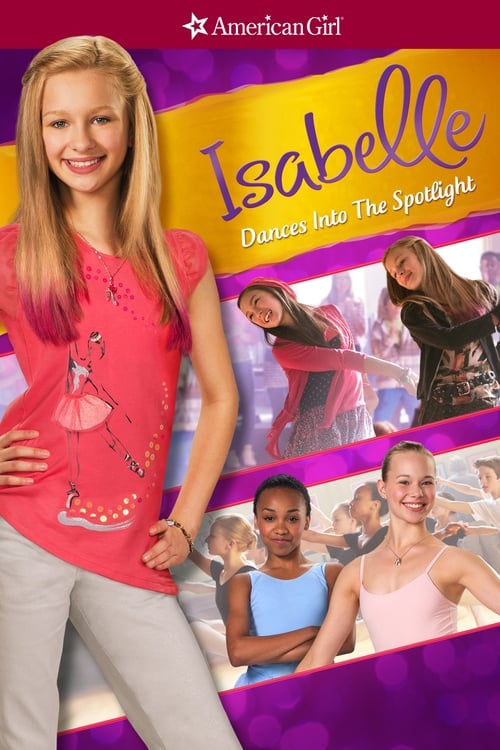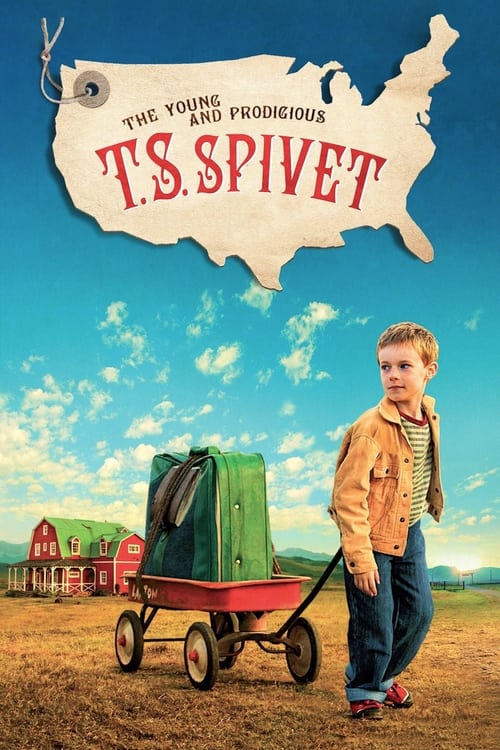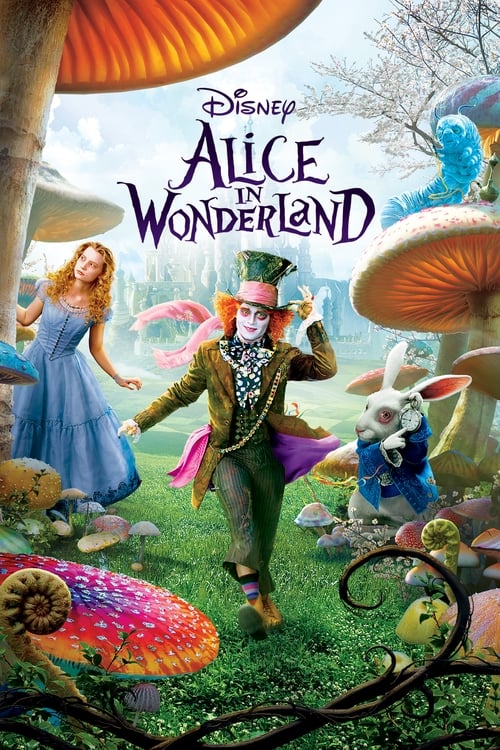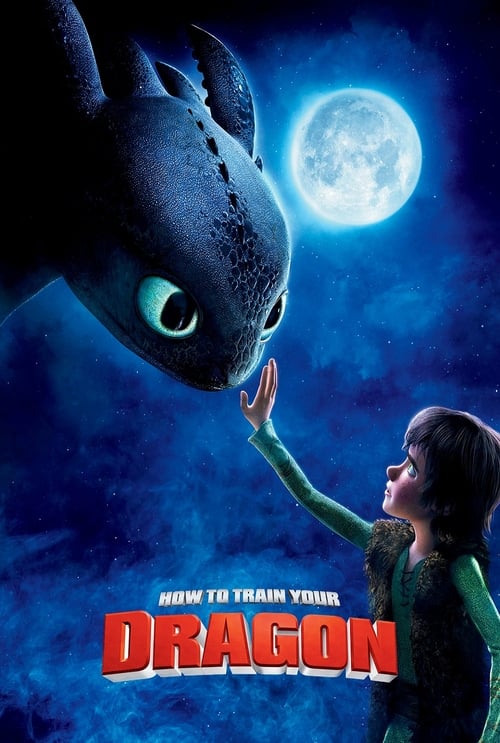
Ask Your Own Question
What is the plot?
The story begins with Isabelle Palmer, a bright and determined nine-year-old, stepping into the prestigious Anna Hart School of Dance. The year is contemporary to 2014, and the atmosphere is alive with the energy of young dancers chasing their dreams. Isabelle, with her twin passions for ballet and fashion design, is immediately shown practicing her pliés and tendus, her face lit with enthusiasm. Yet beneath her excitement lies a quiet tension--her older sister, Jade Palmer, is a prodigy at the same school, often stealing the spotlight and casting a long shadow over Isabelle's own ambitions.
Isabelle's world is a blend of graceful pirouettes and colorful sketches of costumes, illustrating her unique blend of artistry. At home, the Palmer family dynamics reveal the undercurrent of sibling rivalry. Jade is the "perfect" older sister, excelling effortlessly in dance, while Isabelle wrestles with self-doubt. Their mother, Nancy Palmer, is supportive but busy, and the sisters' interactions oscillate between affectionate and competitive. Early scenes show Isabelle practicing with classmates, feeling both inspired and intimidated, especially by Jade's seemingly flawless performances.
At the dance school, Isabelle meets Jackie, a celebrated ballerina who serves as a mentor and inspiration. Jackie's presence is a beacon for Isabelle, who admires her not only for her technical skill but for her encouragement of individuality in dance. When Jackie encourages Isabelle to audition for the local production of The Nutcracker in Washington, D.C., Isabelle is filled with hope but also anxiety, unsure if she can measure up to the expectations set by her sister and peers.
The auditions for The Nutcracker are a pivotal moment. Jade wins the coveted lead role of Clara, a testament to her grace and talent, while Isabelle is cast in three smaller scenes. Though Isabelle initially feels disappointed, believing her performance was lacking, the dance instructor reassures her that she earned her place. This moment marks the beginning of Isabelle's journey toward self-acceptance and confidence.
As rehearsals progress at the Anna Hart School of Dance, tensions rise. Isabelle faces rivalry from a classmate named Renata, who attempts to undermine her confidence. After a particularly discouraging encounter, Isabelle doubts her abilities and even considers quitting the show and the school altogether. In a heated confrontation, Isabelle vents her frustrations at Jade, blaming her for the pressure and her own struggles. Jade, in turn, reveals her own burdens, confessing that everyone expects perfection from her and that she often feels isolated by those expectations.
This emotional exchange culminates in a moment of accidental destruction--Isabelle breaks their family nutcracker figurine in frustration, symbolizing the fragile state of their relationship. Jade later confides in their mother, Nancy, admitting her feelings of pressure and loneliness. Nancy reassures both daughters that they are loved for who they are, not just their achievements, and promises support without expectations of perfection.
Meanwhile, Isabelle's internal battle continues. She fakes illness to avoid rehearsals, overwhelmed by self-doubt. Yet the encouragement from Jackie and the support of her family inspire her to return. Isabelle reconciles with Jade, and together they confront Renata, with Isabelle boldly declaring she will no longer let negativity affect her. A dance-off in the school cafeteria between Isabelle and Renata becomes a turning point; Isabelle wins, earning Renata's reluctant respect. Renata admits she was jealous of Isabelle's close relationship with Jade and confesses that her own parents will not be attending the show, revealing her vulnerability.
As opening night approaches, Isabelle struggles to master a difficult double pirouette but perseveres through dedicated practice. The sisters, now united, help Renata fix a costume mishap just before the curtain rises, showcasing their growth and camaraderie.
The climax unfolds on the stage of the local Washington, D.C. theater during the Nutcracker production. Isabelle, though not the lead, dances with newfound confidence and joy, her movements reflecting her unique style and passion. Jade shines as Clara, but the spotlight is shared as Isabelle embraces her own moment to shine. The audience's applause is a triumphant affirmation of her journey.
The film closes with a warm family scene backstage. Nancy, proud and supportive, congratulates both daughters. Isabelle beams with pride, having found her own path and voice distinct from Jade's. The sisters share a heartfelt embrace, their rivalry transformed into mutual respect and love. Renata, now a friend, expresses her gratitude and newfound confidence.
No deaths or tragic events mar the story; instead, it is a celebration of perseverance, self-discovery, and the power of family support. The narrative resolves with Isabelle fully stepping into her spotlight, both on stage and in life, embodying the message that true success comes from embracing one's individuality and passion.
More Movies Like This
Browse All Movies →What is the ending?
In the ending of "An American Girl: Isabelle Dances Into the Spotlight," Isabelle overcomes her fears and insecurities to perform in the dance recital. She finds her confidence and embraces her passion for dance, ultimately impressing her peers and family. The film concludes with a sense of accomplishment and joy as Isabelle realizes her potential and the importance of friendship and support.
As the climax of the film approaches, the scene shifts to the day of the big dance recital. The atmosphere is charged with excitement and nervous energy as dancers prepare backstage. Isabelle, still grappling with her self-doubt, stands in front of the mirror, her heart racing. She recalls the moments of encouragement from her friends and family, particularly her supportive mother, who has always believed in her talent. This reflection ignites a spark of determination within her.
The stage is set, and the audience buzzes with anticipation. Isabelle's friends, including her best friend, are also backstage, each dealing with their own nerves. As the first group of dancers takes the stage, Isabelle watches, feeling a mix of admiration and anxiety. She knows that she must confront her fears if she wants to shine.
When it's finally her turn, Isabelle steps onto the stage, the bright lights illuminating her. The music begins, and she feels a rush of adrenaline. As she dances, she channels all her emotions--her fears, her dreams, and her love for dance--into her performance. The choreography flows through her, and she begins to lose herself in the rhythm, her confidence building with each movement.
The audience is captivated, and Isabelle's friends cheer her on from the wings, their faces filled with pride. As she finishes her routine, the applause erupts, and Isabelle stands center stage, breathless and exhilarated. In that moment, she realizes that she has not only performed but has also embraced who she is as a dancer and as a person.
After the performance, Isabelle is met with congratulations from her friends and family. Her mother hugs her tightly, tears of joy in her eyes, expressing how proud she is of Isabelle for overcoming her fears. Isabelle's best friend, who had also faced her own challenges, shares a heartfelt moment with her, reinforcing the bond of their friendship.
The film concludes with a montage of Isabelle and her friends celebrating their achievements, dancing together in a joyful display of camaraderie. Isabelle's journey has taught her the value of believing in herself and the importance of support from loved ones. The final scene captures Isabelle smiling brightly, her heart full of hope and excitement for the future, as she looks forward to continuing her dance journey with newfound confidence.
Is there a post-credit scene?
In the movie "An American Girl: Isabelle Dances Into the Spotlight," there is no post-credit scene. The film concludes with a heartfelt resolution to Isabelle's journey, focusing on her growth as a dancer and her newfound confidence. The story wraps up with a sense of closure, emphasizing the importance of friendship, self-acceptance, and pursuing one's passions. As the credits roll, viewers are left with the uplifting feeling of Isabelle's triumph and the supportive relationships she has built throughout her experiences.
What challenges does Isabelle face in her dance auditions?
Isabelle faces several challenges during her dance auditions, including her struggle with self-doubt and the pressure to stand out among her peers. She feels overshadowed by her talented classmates and worries about not being good enough, which affects her confidence and performance.
How does Isabelle's relationship with her family influence her journey?
Isabelle's relationship with her family, particularly her supportive mother and her younger brother, plays a crucial role in her journey. Her mother encourages her passion for dance, while her brother provides comic relief and emotional support, helping Isabelle navigate her insecurities and find her own voice.
What role does the character of the dance teacher play in Isabelle's development?
The dance teacher, Ms. Pruitt, serves as a mentor figure for Isabelle. She recognizes Isabelle's potential and encourages her to embrace her individuality. Ms. Pruitt's guidance helps Isabelle to overcome her fears and ultimately find her unique style in dance.
How does Isabelle's friendship with her classmates evolve throughout the film?
Isabelle's friendship with her classmates evolves from initial rivalry and jealousy to mutual support and camaraderie. As they face challenges together, they learn to appreciate each other's strengths and talents, culminating in a sense of unity and collaboration during the final performance.
What specific event leads to Isabelle's breakthrough moment in dance?
Isabelle's breakthrough moment occurs during a pivotal rehearsal when she decides to incorporate her own creative ideas into the choreography. This decision not only showcases her unique style but also allows her to express her true self, leading to a newfound confidence that transforms her performance.
Is this family friendly?
"An American Girl: Isabelle Dances Into the Spotlight" is generally considered family-friendly, aimed at a young audience. However, there are a few scenes and themes that might be potentially objectionable or upsetting for some children or sensitive viewers:
-
Self-Doubt and Insecurity: Isabelle struggles with feelings of inadequacy and self-doubt regarding her dancing abilities, which may resonate with children who have similar feelings.
-
Bullying and Peer Pressure: There are moments where Isabelle faces criticism and pressure from her peers, which could be upsetting for viewers who have experienced bullying or exclusion.
-
Family Tension: The film explores some family dynamics that may include misunderstandings or conflicts, particularly between Isabelle and her parents, which could evoke emotional responses.
-
Performance Anxiety: Isabelle experiences anxiety about performing, which may be relatable but could also trigger feelings of discomfort in viewers who are sensitive to themes of failure or fear of public speaking.
-
Emotional Moments: There are scenes that depict disappointment and sadness, particularly when Isabelle feels she is not living up to expectations, which may be poignant for younger viewers.
Overall, while the film contains positive messages about perseverance and self-acceptance, these elements may require parental guidance for younger or more sensitive children.







































